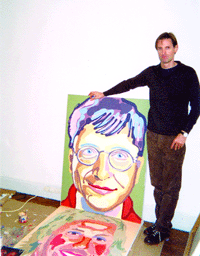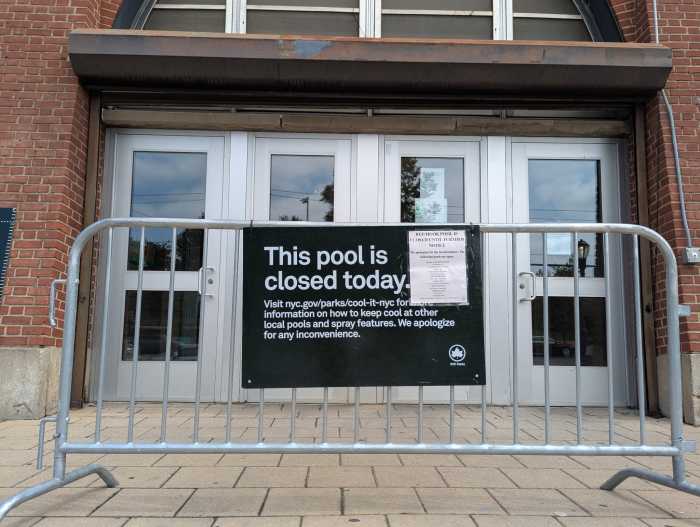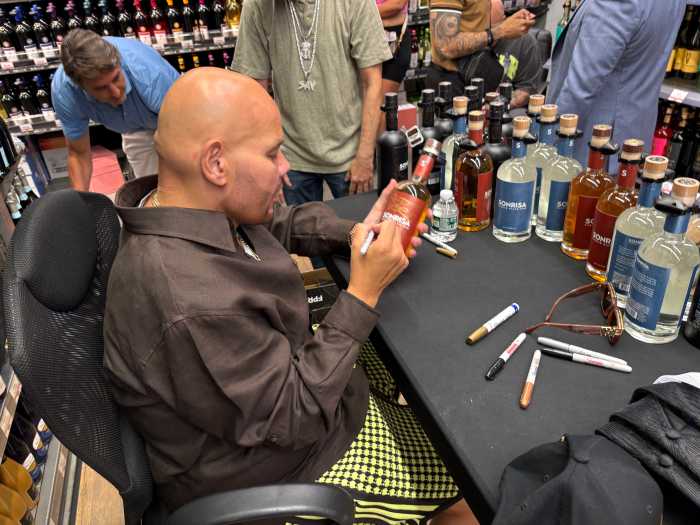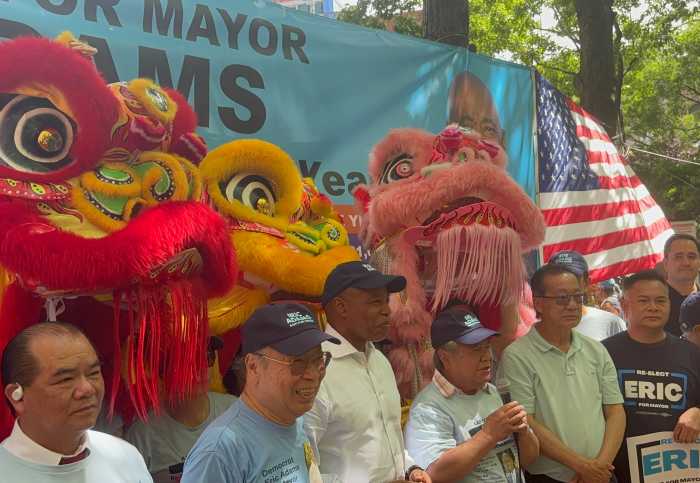Buenos Aires’ three C’s: culture, chic and cheap
After nine glorious days, I can firmly attest that Buenos Aires, unlike the heralded Montreal or recently touted Budapest, is truly the Paris of “someplace else.”
Although not quite as beautiful as the French capital, the plethora of gracious tree-lined boulevards, sylvan parks, fabulous architecture, plentiful museums, charming cafes and overall cultural ambiance have a decidedly similar allure.
The big difference is the value of the U.S. dollar, which, in Argentina, is gratifyingly strong. A soup-to-nuts dinner for two with wine at a devastatingly chic restaurant like 58 Degrees in the trendy Palermo district runs to about $20. The shopping is fabulous, at places like the trendy Galeria Pacifico (once a prison), where I turned into Edina Monsoon, raiding Christian Lacroix for its menswear––designed in Paris, manufactured and sold exclusively in Argentina, and priced like the Gap.
And, of course, there’s leather! The portenos (locals) must be the best-shod population in the world and my boyfriend got his first pair of leather pants––the gay milestone equivalent of long pants for little boys––at a major discount.
A visit to the National Museum for Decorative Art evokes the true magnificence of Buenos Aires’ past. Housed in the former mansion of the fabulously rich Errázuriz Alvear family, it was quite a pile, rivaling anything the Vanderbilts or Fricks ever commissioned. The gardens were Versailles-like, with a pond that once housed swans that intrigued the ballerina Anna Pavlova when she stayed there.
The free Museo Nacional de Bellas Artes has the largest collection of Argentinean art anywhere––many terrific artists to explore––as well as the best Gauguin of them all. An entire room is devoted to the lovely collection of the late film director Maria Luisa Bemberg (“Camila”), who championed home-grown artists. I interviewed Bemberg in 1992, and her quiet grace and formidable intelligence then were typical of nearly every personal encounter I had on this trip.
In the newly renovated Puerto Madero Este district, trendoids can feel at home with chic restaurants and shopping. Philippe Starck designed the Faena Hotel, which is the last gasp in red velvet and swan-fixtured luxury. The brainchild of former fashion designer Alan Faena, it took seven years to create this lush hostelry, with typical, piquant Starck touches like urinals in the men’s john placed about three inches from each other. Friends staying there assured us the rooms were as grand as could be but wound up being completely impractical, and the meal we had in the achingly hip restaurant was the only bad one––really a dog’s dinner––I had the entire trip.
For a song, I was able to score last-minute orchestra seats to Verdi’s “I Lombardi” on April 24 at the venerated Teatro Colón. A flank of ravishing, evening-clad women (a Fiat promotion) greeted you at the red-carpeted entrance before you swept into this lovely house. Richard Bonynge (Mr. Joan Sutherland) guest-conducted with panache, eliciting every bel canto value from the superb orchestra, the huge cast sang and acted with affecting accuracy, and the production was, happily, traditional and lavishly detailed, much more rewarding than the Metropolitan Opera’s drearily minimalist mounting of this work.

But the tango really defines this city in a way that no other dance does. The incisive, hyper-dramatic music of Gardel, Piazzola and other masters is heard everywhere and, for me, the exuberant sound of an accordion reminds me of B.A. I went to an intimate spectacle at Bar Sur, a tiny nook of a place, where it felt like1910, cobble-stoned streets without, ancient wood within. On a handkerchief-sized floor appeared a spirited old male singer, a three-piece combo and two dancers who literally soared over the diners’ heads. The evening was made even more dramatic when a tourist––an American, unfortunately––surreptitiously up-chucked her bottle of champagne on the floor, something discovered just before the dancers’ encore.
I caught a really big tango show, Diego Rivera’s “Tanguera” on April 27 at Teatro Astral. Billed as “the Argentinean musical,” it featured a large cast performing a typical, affecting tale of the young French girl who arrives in turn-of-the-20th-century Buenos Aires, only to be caught up in a brothel and the attentions of rival, homicidal lovers. The dancing was absolutely thrilling, as the gorgeous performers whipped each other across the stage at blinding speed and, often, two men would sexily embrace each other. (The tango originated in the 1880s in port brothels as a dance for men that was like a duel for a woman’s favors.)
The portenos are mad for theater, and have their own Broadway area, as seedy as New York’s once was, with offerings ranging from “The Producers” and “The Graduate” to diva Norma Aleandro—unforgettable in the film “The Official Story”––chewing scenery in Mario Vargas Llosa’s “La Señorita de Tacna.”
As a respite from the city’s bustle, we took a one-hour ferry ride across the muddy Rio de la Plata to Colonia, Uruguay. This little town has an enchanting historic barrio with sleepy cobble-stoned streets, ancient houses and eccentric little museums (bug collections next to Victorian furniture). It would make the perfect setting for any gay wedding, and we enjoyed lunch in a marvelously picturesque tower romantically overlooking the sea.
I’m sure you’re all wondering, what about Evita? Her museum was closed for renovations, something that must have struck doom into many traveling queens’ hearts, since, as the locals assured me, tourists are the only ones excited about peering at her old Diors. I did see the Casa Rosada, where she famously stood and addressed her adoring peeps (and where Madonna sang “Don’t Cry for Me”) and, naturally, took a picture. I saw Evita’s comparatively modest tomb in the intriguing city cemetery, a city of over-the-top mausoleums for the rich and the dead. Her image was everywhere, on postcards and book covers, along with a monument that had a bizarre statue of her looking like she was bowling for dollars.
Contact David Noh at Inthenoh@aol.com.
gaycitynews.com



































